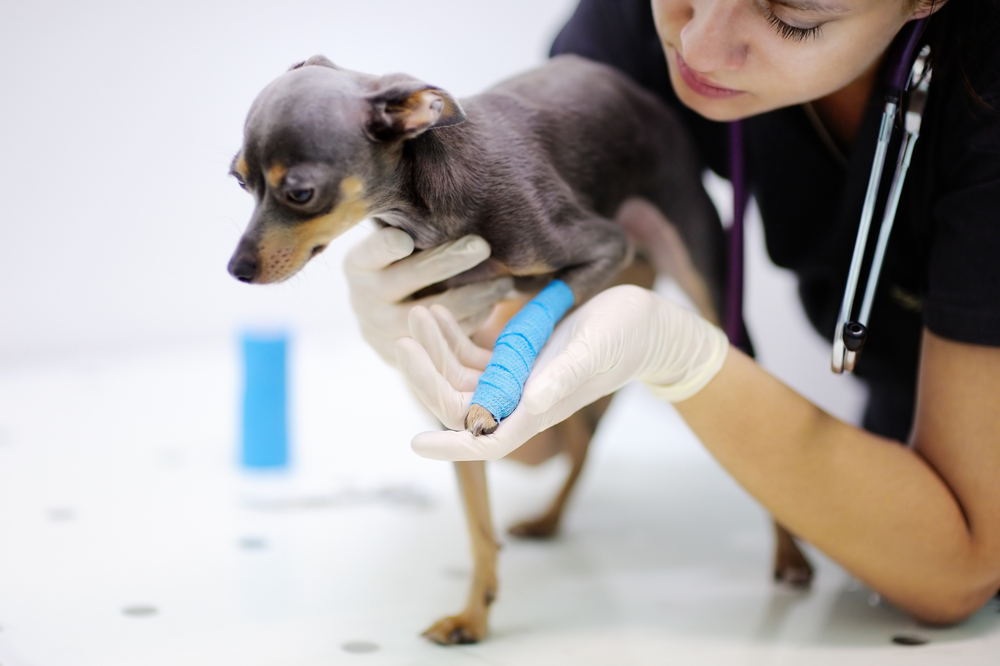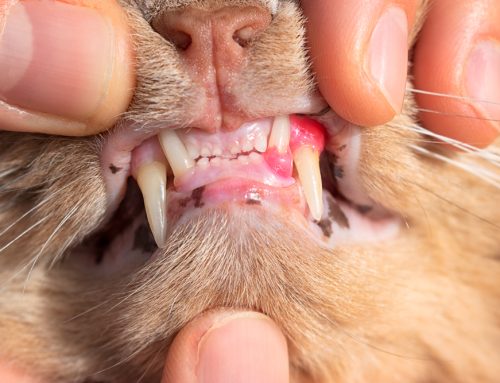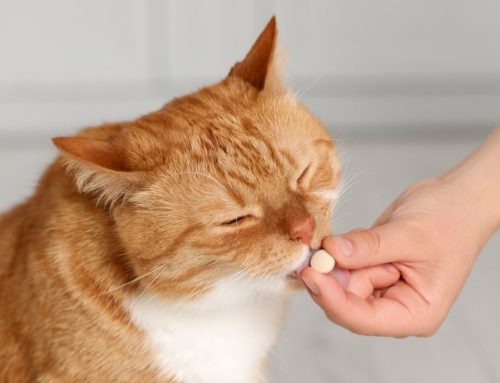Any injury or sudden change in health that befalls your pet can be stressful for you both. Most pets, however, experience at least a few sudden illnesses or injuries in their lifetime. Knowing whether your pet is experiencing an emergency or a problem that can wait is crucial, yet distinguishing between an emergency versus an urgent situation in your cat or dog can be difficult. For this reason, our Aberdeen Veterinary Clinic team explains the difference to help you determine the right choice.
All about pet urgent care
Urgent care for pets is much like urgent care for people. It is useful when your pet is ill or has a minor injury that isn’t life-threatening, but serious enough that they require prompt treatment. Pet urgent care offers services similar to your regular veterinary clinic, but with less wait time.
The following are some typical characteristics of pet urgent care services:
- Treating non-life-threatening conditions — Urgent care facilities typically treat pets with non-life-threatening illnesses or injuries promptly.
- Less costly — Generally, urgent care centers are more cost-effective than veterinary emergency clinics. Also, most operate during regular business hours plus extended hours, with some exceptions, and may not require additional after-hours fees.
- Appointment-based — Many urgent care clinics operate on an appointment basis, but also accept walk-ins, which provides flexibility and convenience.
- Primary care services — Urgent care centers may offer direct care services as well as urgent treatments. Urgent care clinics that offer services such as vaccinations, wellness exams, and routine screenings can be one-stop destinations for all your pet’s health care needs.
Signs your pet requires urgent care
To know the seriousness of your pet’s condition, call our team at Aberdeen Veterinary Clinic. We can assess your pet’s issue and help you decide what care they need. Conditions that benefit from urgent care include:
- Minor wounds
- Ear infections
- Occasional vomiting or diarrhea
- Mild allergic reactions
- Upper respiratory infections
- Skin rashes
- Limping or sprains
Veterinary emergency care explained
If your pet’s condition is life-threatening, immediate veterinary intervention is necessary. Emergency clinics are staffed with veterinarians who have advanced training, and they have equipment and technology usually not available at your pet’s regular veterinary clinic. Emergency clinics provide triage (i.e., the primary emergency veterinarian and staff will stabilize your pet) and determine the correct treatment. Veterinary emergency hospitals:
- Treat life-threatening conditions — For example, should your pet experience severe trauma, sudden collapse, difficulty breathing, excessive bleeding, or seizures, you must head straight to a veterinary emergency clinic. These conditions are best treated through advanced emergency veterinary medicine.
- Are available round-the-clock — Emergency clinics can handle critical cases anytime, including nights, weekends, and holidays. Their specialized staff members and resources can provide immediate intensive care and treatment.
- Use advanced diagnostics and treatment — Emergency clinics are equipped with state-of-the-art diagnostic tools, such as X-rays, ultrasound, laboratories, oxygen machines, and intensive care units, enabling swift and accurate diagnosis of critical conditions. They are also set up to perform emergency surgeries, if necessary.
- Have critical care expertise — Emergency veterinarians are trained to handle urgent cases and provide intensive care to stabilize pets in critical condition. Because of their specific knowledge, expertise, and experience, they are often able to save lives.
Signs of a pet veterinary emergency

Sometimes, discerning whether your pet’s condition is in an emergency or urgent situation can be difficult. Your veterinarian is your best resource and can direct you to the appropriate facility. The following pet medical situations warrant an emergency hospital:
- Inability to stand
- Severe trauma (e.g., hit by a car, falling from a height)
- Profuse bleeding
- Toxic substance ingestion
- Persistent vomiting and/or diarrhea
- Obvious chronic pain
- Bloat (i.e., gastric dilation volvulus)
- Eye injury
- Choking or difficulty breathing
- Anaphylactic shock
- Bite or attack from a wild animal
- Seizure
When deciding whether your pet needs an emergency or urgent care clinic, consider their condition severity, time of day, and the resources they may require. Urgent care may suffice if your pet’s condition is mild to moderate and occurs during regular business hours, but immediate attention at a veterinary emergency hospital is critical if your pet has a life-threatening condition outside of regular hours.
Trust your instincts and prioritize your pet’s health. If you’re unsure or concerned about your pet’s condition, don’t hesitate to contact Aberdeen Veterinary Clinic for guidance, diagnosis, and treatment. Swift action can make a difference in ensuring the best possible outcome for your furry friend.







Leave A Comment